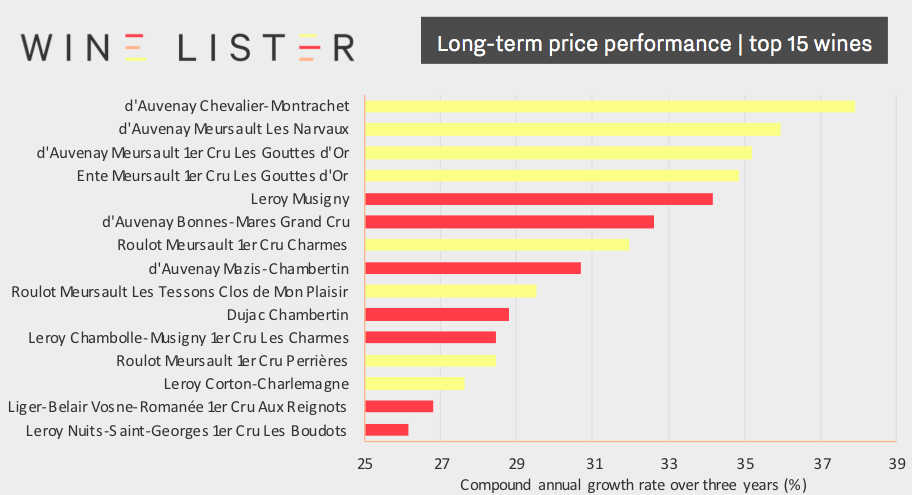
You would like to start purging stale data in your database, and you’d like to start by looking at leads that have not been added to a program and not clicked a link in any email in the last year and are also unsubscribed.What would your Smart List filters look like?
#Smart lister price code#
You’ve been asked to pull a list of everyone who has a Person Score above 40 points, is not unsubscribed, and either has a city of Detroit or a zip code of 48201. You are helping a field marketer pull a list of people to invite to an event in the Detroit area.
#Smart lister price how to#
So you think you know how to use Smart Lists? Let’s put that knowledge to the test! Below you will find some questions to test your Smart List knowledge. If using advanced filters, make sure to use parentheses to separate the and and or statements. The default for a new Smart List is to use all filters, but you can choose to also use any filter, making your filters into ‘or’ statements, or if you want a combination of the two, you can choose to use Advanced Filters. Filter logic is defined at the top left of your Smart List.
#Smart lister price series#
If you are using more than one filter, you will need to let Adobe Marketo Engage know whether you want the filters to be a series of and statements, or statements, or a combination of the two. The last important part of Smart Lists to pay attention to is your filter logic.

Constraints can be found in the top right corner of the filter, and you will set them up the same way that you set up any other filter.įilter Logic. Certain filters (mainly activity/inactivity filters) allow you to get even more granular using constraints, which are extra criteria that allow you to help narrow your search even further. For more detail on operators, check out this product doc. Date filters have some relatively complex operators that allow you to look at other relative dates, and even type in natural text (for example ‘six months’). With integer fields, you can look at more than, less than, equals, etc. For string field types, the operators are pretty straightforward - you can use is or is not (for example, email address is/is not ) along with contains or not contains. Operators allow you to describe your filter or trigger in straightforward language. Once you know what filters you would like to use, it’s important to think about which operators you would like to use within each filter. The Special Filters folder gives you access to various Adobe Marketo Engage-specific filters (such as program membership filters, smart list membership filters, etc.). The filters in the Salesforce folder will show you various SFDC custom fields, where the Custom filter folder will show all available filters from custom objects. The filters within the Segmentation Filters section allows you to filter off of the segmentations and segments that already exist within your Lead Database. Within the Person Attributes and Company Attributes folders, you will find filters corresponding to all of the fields you have within your database. It is important to note that there are both Activity History filters and Inactivity Filters - if you are looking to use a filter to see everyone who clicked a link in an email, you’ll use Activity History filters, but if you are looking to see everyone who did NOT click a link in an email, you’ll want to use the Inactivity Filters.

Within the Activity History folder, you will find various filters based on different activities that people can take within Adobe Marketo Engage, such as clicking a link in an email, visiting a web page, data values changing, etc. Filters will be dragged over from the right side of the screen within the Smart List tab of your Smart List, and there are myriad filter options: The most important part of your Smart List will always be your filters. Are you wondering how to get started with Smart Lists? In this blog, we’ll go into detail on all of the different aspects of Smart Lists, and at the end we’ll have a quiz to test your knowledge!įilters. Smart Lists can be used within programs, or you can have standalone Smart Lists in the Database section of Adobe Marketo Engage. Smart Lists allow you to create combinations of filters in order to find lists of people within your database who meet the filter criteria. Smart Lists are a key functionality within Adobe Marketo Engage, and a strong knowledge of how Smart Lists work is key to being able to take your Adobe Marketo Engage usage to the next level.


 0 kommentar(er)
0 kommentar(er)
